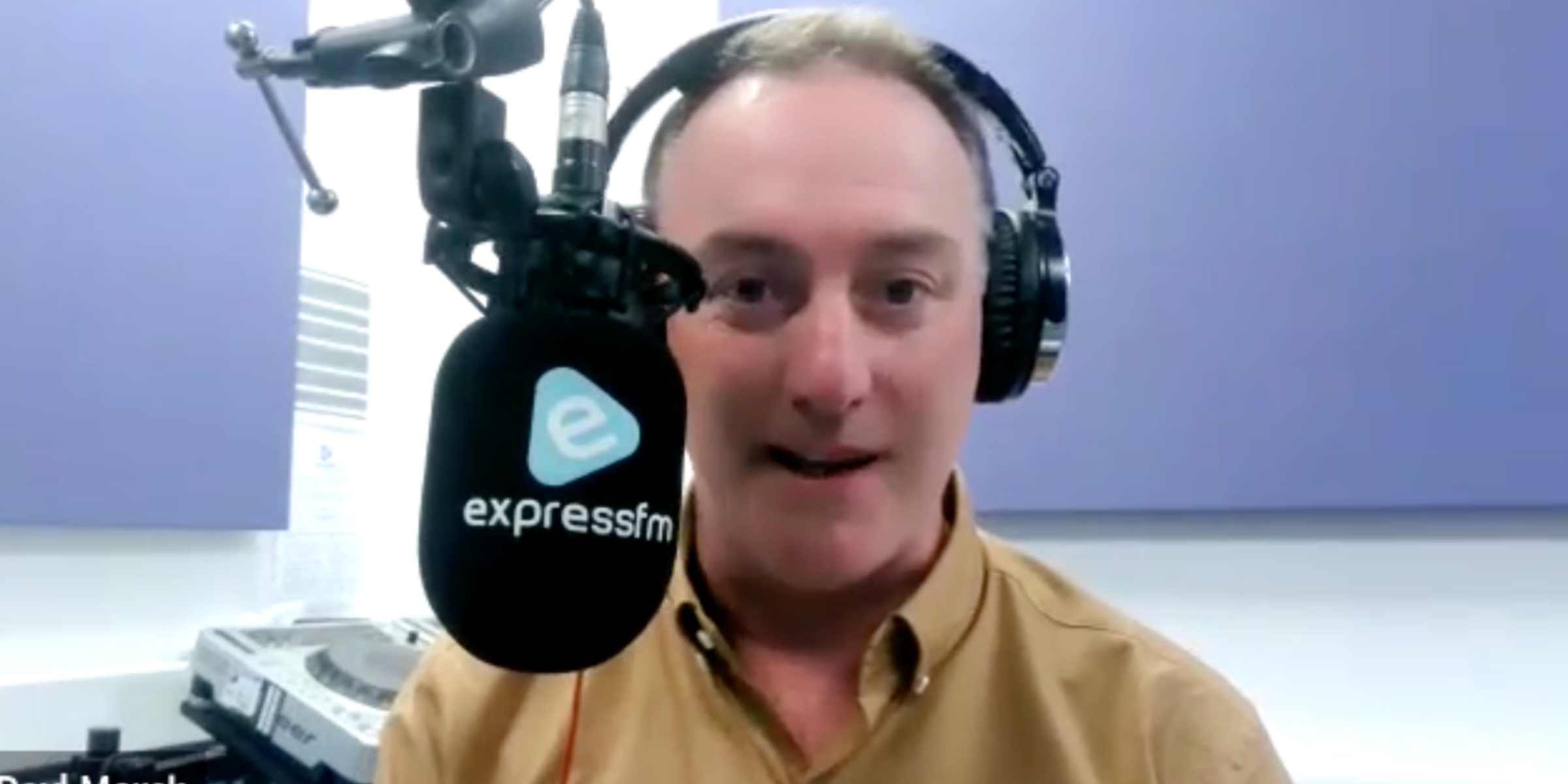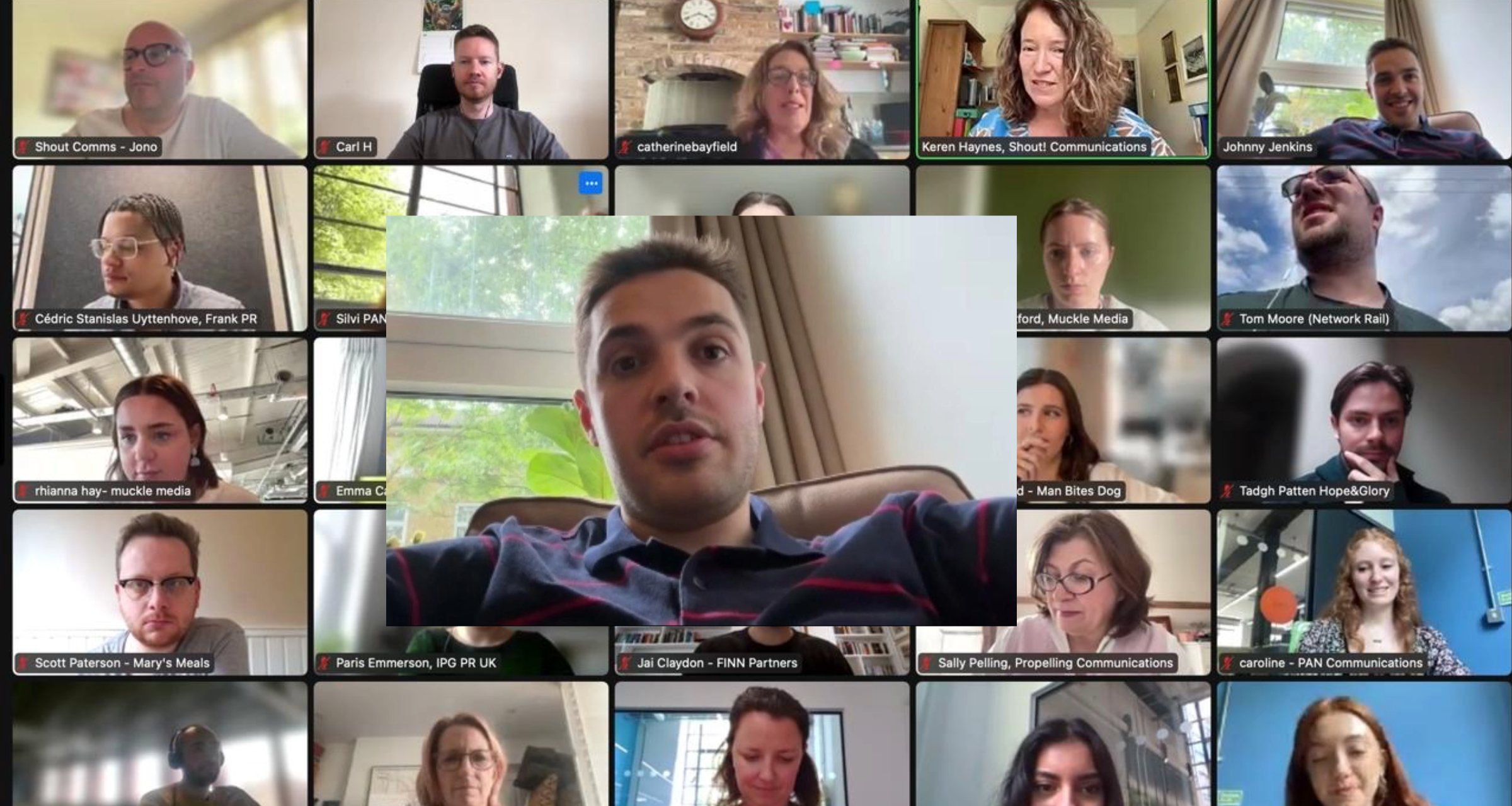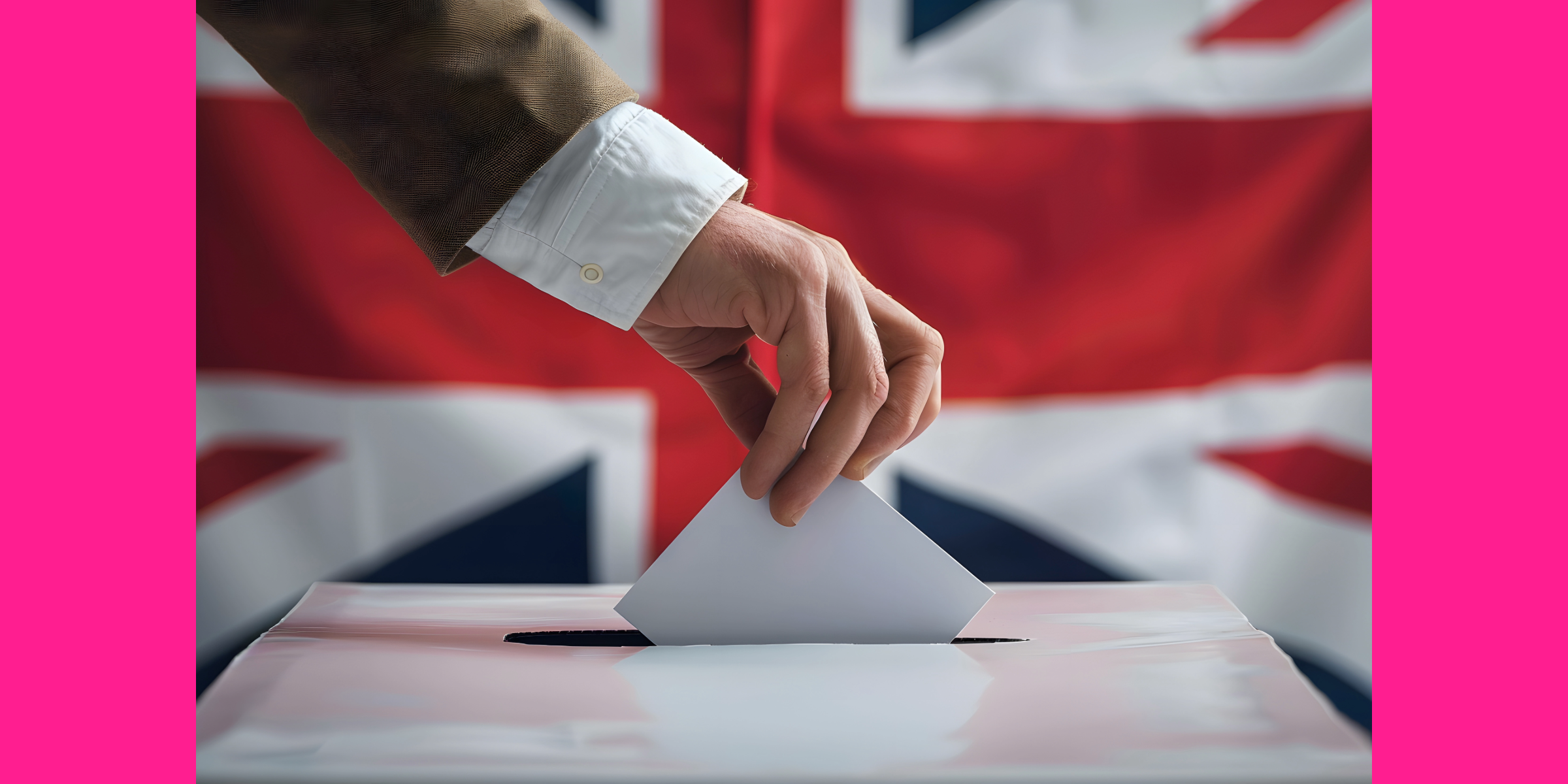Impossible to achieve, expensive and damned right scary…..broadcast PR is sometimes dismissed as being just too challenging. Yes, it does have its moments, but the results far outweigh the effort of getting them.
Here are 5 reasons why you SHOULD use broadcast PR.
Reason 1. Broadcast reaches a massive audience
When it comes to broadcast PR the majority of opportunities are on the news, so when it comes to audience figures we’re talking millions. Numbers always shoot up when there’s a big story, but probably never more so than over the last few months with Coronavirus.
Let’s take a snapshot of what’s out there: Nationally, BBC One ”Six O’Clock News” bulletin averaged 6.43 million viewers across April 2020
Newspaper circulation figures pale in comparison; Metro has a circulation of around 1.5 million, followed by the Sun with 1.2million. Digital news does better, The Guardian topping the table with 5.2 million users and the Mail Online in second place with 4.1 million.
When it comes to PR it does of course depend who your audience is as TV audiences are skewed towards older people. If you’re 16-24 you’re much more likely to get your news from the internet.
Radio is measured in weekly reach, but even bearing this in mind the figures are impressive, with Radio 2 boasting 15 million, Sky News Radio (which syndicates content to commercial station rather than broadcasting itself) 3 million. Regionally an urban based stations such as BBC Radio Merseyside attracts around 300-thousand listeners.
Reason 2. Targeted audience
Broad by name and broad by nature, there are still some very distinct demographics attached to different broadcasters. These are generalisations but, for example, BBC Radio 5 Live and LBC have more men than women listening. ITV’s Good Morning Britain is aimed more at women under the age of 45 and Heart is skewed more to women too.
At the start of every campaign we ask our clients who they’re trying to reach, and then tailor our stories accordingly. That means, given a choice with a case study for example, if we were trying to secure GMB we’d go for the younger woman over the older man, just because they would have more relevance to the audience.
We also ask what two aspects are most important to you in terms of the coverage, options including quality of the stations, key messages communicated, brand mentions or total listener reach.
Reason 3. Broadcast is highly influential
As a news editor at ITN, working to support the News At Ten and other programme editors, I’d be at my desk at 0559, ready to listen to the headlines on Radio 4’s Today Programme. They ALWAYS set the news agenda for the day and whatever you hear at the crack of dawn will form the basis for later news programmes – and newspapers the next day.
Print, online and broadcast newsrooms always have the television on because broadcast nearly always leads the way.
With competition from the web broadcast news has become more analytical, offering expert views and opinions. You might go to the web for the headlines but you go to television and radio understand what the news means.
Reason 3. Broadcast PR offers guaranteed coverage….
…..with a few caveats. For a radio day we can generally guarantee a minimum of 10-12 opportunities across regional and national, BBC and commercial stations with a weekly reach of at least 1 million listeners. Typically we’ll get much more.
If done in conjunction with a radio day (or another service), we will sell into television on a pay on results basis. Or if it’s just a TV sell-in we will charge a very modest selling in fee, the rest on a pay on results framework.
That’s cost effective and a great ROI.
Reason 4. Broadcast editorial coverage is much more convincing than an advert
As well as being a fraction of the price it costs for an on-air advert, editorial coverage is MUCH more convincing to the viewer or listeners than an advert. Television remains the most popular platform for news consumption, according to Ofcom, with three quarters of people saying they use it. It’s a trusted medium that audiences believe will give an impartial and true account of a story.
Hearing a case study recount what happened to them, a spokesperson enthuse about a topic or an expert analyse a situations, brings a story to life. Broadcast is all about entertainment – engaging an audience so that they stick, rather than switch over to another channel.
Reason 5. Clients (and bosses) love broadcast PR
Finally there’s the X-factor. Vanity, over-coming nerves to go on-air, ambition…..whatever the initial motivation there’s just something about broadcast PR that clients and bosses love. Call it the icing on cake.
See some of our work here to find out why our clients are so happy
To discuss a broadcast campaign with us please email hello@shoutcommunications.co.uk or call 020 7240 7373.



